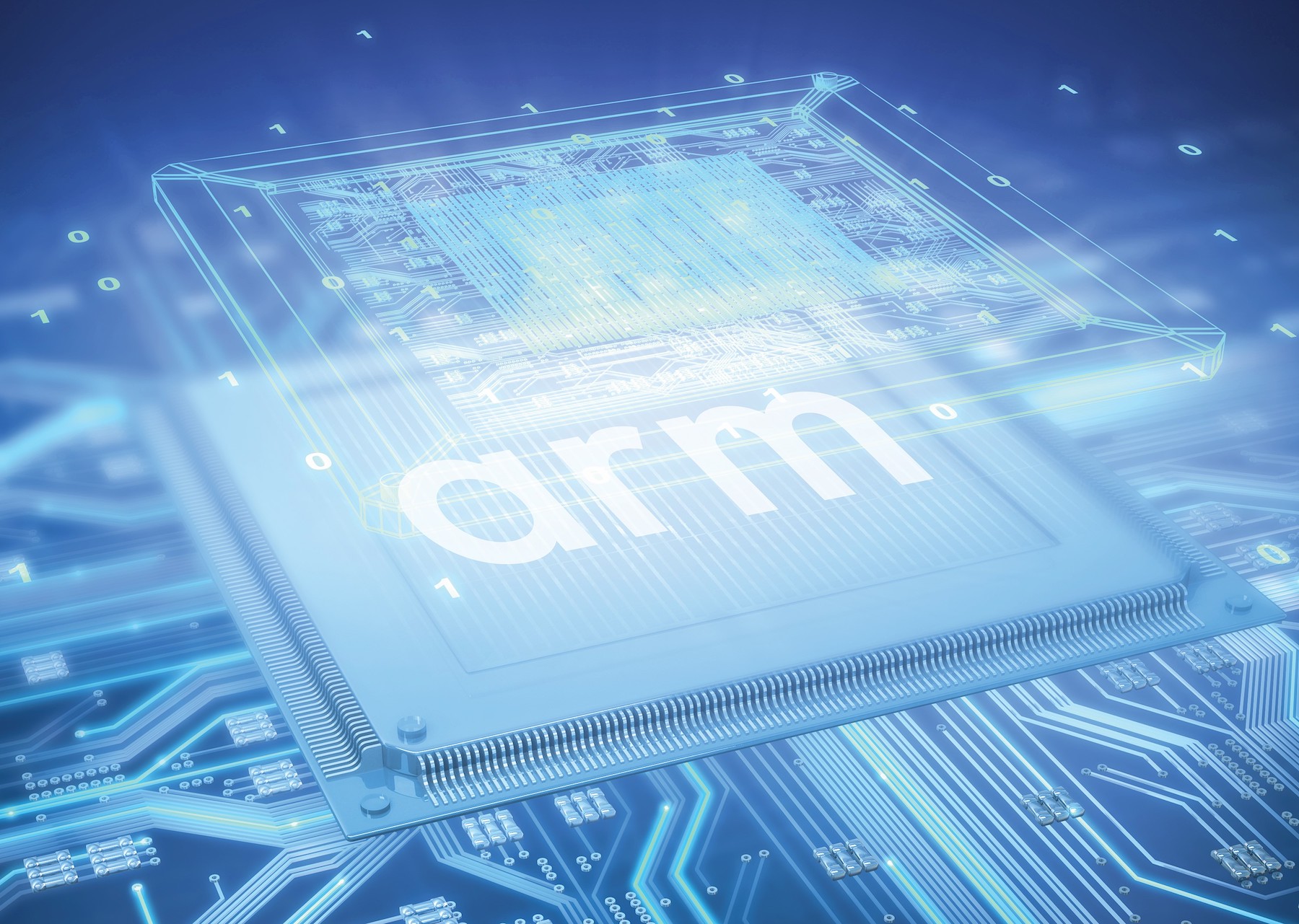We thought Nvidia made its splashiest acquisition when the company acquired Mellanox for $7 billion last year. That acquisition showed the company is squarely focusing on the data center and cloud for its continued growth. But now we’re hearing rumors that Nvidia might buy Arm from SoftBank for $30ish billion. Given Arm’s ubiquity in modern mobile devices, is this a refocusing of Nvidia back to the consumer market? Rich Stroffolino makes the case that the move shows the company is doubling down on its cloud future.
Transcript of Checksum Episode 14: Why Does Nvidia Want Arm?
For the first episode of Checksum, we looked into why Nvidia recently bought Mellanox. That’s an acquisition that if you work in IT has some big implications and showed that Nvidia truly saw itself transformed into a data center company. At over $7 billion, it was the company’s largest-ever acquisition.
But now we’re hearing rumors that Nvidia might be interested in buying the chip licensing giant, Arm. Given Arm’s ubiquitous presence in modern smartphones, it might seem like that acquisition would be squarely, if opportunistically, focused on Nvidia’s previous mainstay business of consumer silicon. But if you dig deeper, the Mellanox and Arm acquisition could complement each other quite nicely.
So the first thing we have to talk about is why Arm is up for sale to begin with. The company was acquired by SoftBank back in 2016, at the time, a blockbuster deal worth about one TikTok, or $31 billion. If you don’t know who SoftBank is, they’re a giant Japanese conglomerate that runs the Vision Fund, which is a sentient pile of money that invests money in tech companies as a late-stage VC.
The fund had something like $100 billion invested in various companies, with three of the biggest being Uber, Slack, and WeWork. Before the pandemic hit, SoftBank was already over $600 million underwater on its Uber stake after its disappointing IPO, Slack had a similarly lackluster debut and has had to fight against Microsoft Teams for growth, and WeWork…. yeah, it’s not great.
Now add in COVID-19 basically forcing Uber to come up with a completely different business model, remember, for a company that has never made a cent of profit, and let’s just say that suddenly SoftBank is a motivated seller. This is why it isn’t too surprising to see the rumored acquisition price of Arm be relatively close to the $31 billion they paid in 2016.
But the bigger question is, why does Nvidia want Arm? Well, obviously their highly profitable mobile chip licensing has got to play a big part in this. They are the backbone of virtually every mobile device out there, and with Apple adopting Arm chips for upcoming Macs, shows that their IP will probably soon expand into more traditional computing markets typically dominated by Intel.
That business will certainly be a steady and substantial source of revenue for Nvidia. But mobile is also approaching something of a saturation point. There will be tons of chips used to make new devices, but the question is, how much growth is there for whoever owns Arm? Now add in the fact that one of the biggest growth markets out there, China, is in an extremely precarious position with trade rules shifting on an almost daily basis. We’ve already seen the US crackdown on foreign chip makers earlier this year. So there’s no guarantee that Uncle Sam won’t try to turn the screws further, especially if Arm is owned by an American company. Previously, Arm got around this as a British company working with Softbank, but I’m not sure how that changes with an Nvidia acquisition.
So, where is the growth opportunity for laying out all that money in Arm? Well, I think the play here for Nvidia is the same reason that the company acquired Mellanox, and also smaller acquisitions like SwiftStack and Cumulus Networks. This is all about the cloud. While Arm in the data center isn’t a major market now, the public cloud providers are making some noise that they see it might become one. Amazon is now on its second generation Graviton processors and Ampere is creating 80-core Arm processors designed for cloud workloads.
Look at Nvidia’s recent acquisitions. Mellanox gives them a high performance interconnect, SwiftStack gives them a scalable data management platform, and Cumulus Networks gives them the OS to put on bare metal switches, giving them a cloud-scale networking play. Given Arm’s potential to grow in the cloud, an acquisition by Nvidia would fit into with their overall vision for themselves as a data center and cloud company.
There are a lot of ifs about this acquisition. While Nvidia is reportedly the only company in serious talks right now with Softbank, $30ish billion dollars is a lot of money for any company. I’m not going to pretend to understand the financial chicanery that will be required to make the deal happen. But I feel like Nvidia is in the driver’s seat. SoftBank is motivated to sell, and Nvidia is uniquely in the position to have a supporting tech stack to take advantage of Arm’s assets and isn’t guaranteed to draw regulatory scrutiny in the way other potential buyers like Qualcomm, Samsung, Broadcom, or even Google would. They’ll still have to battle to get approval, they are an Arm licensee after all, but I don’t see who else makes sense to buy Arm right now.
If they do go through with the deal, it’ll complete the realignment of the company from a graphics card maker into a cloud and data center powerhouse.




